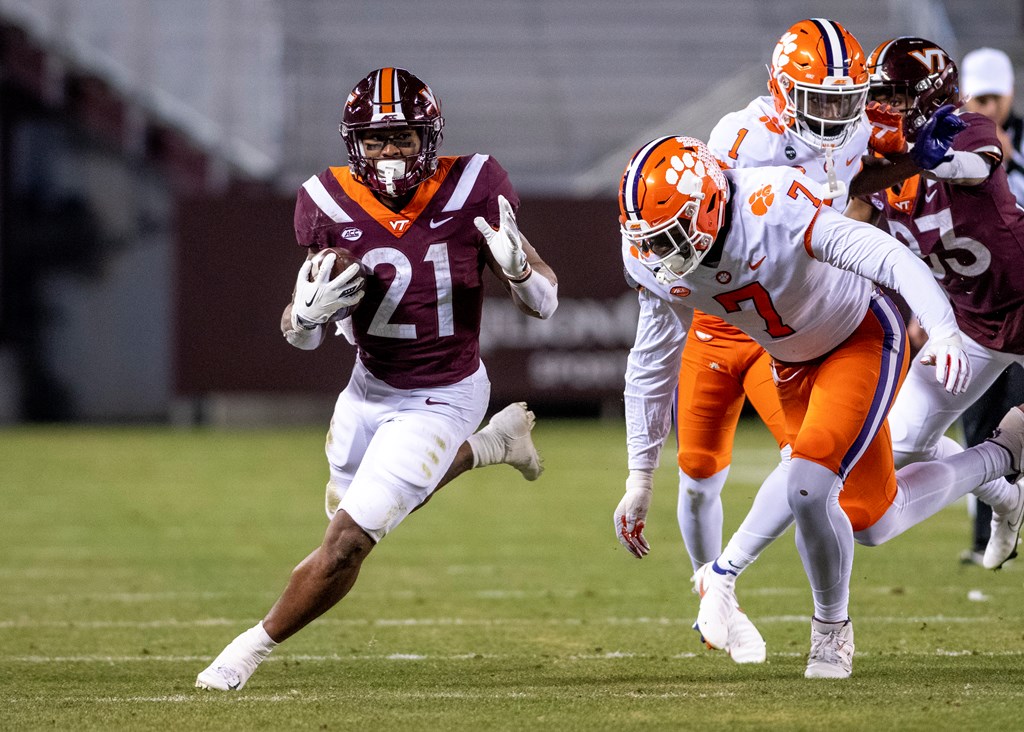
Subscribe to read full story
Tired of low effort articles and clickbait? So are we. Subscribe to read great articles written by a full-time staff with decades of experience.
Already a subscriber? Login Here


Tired of low effort articles and clickbait? So are we. Subscribe to read great articles written by a full-time staff with decades of experience.